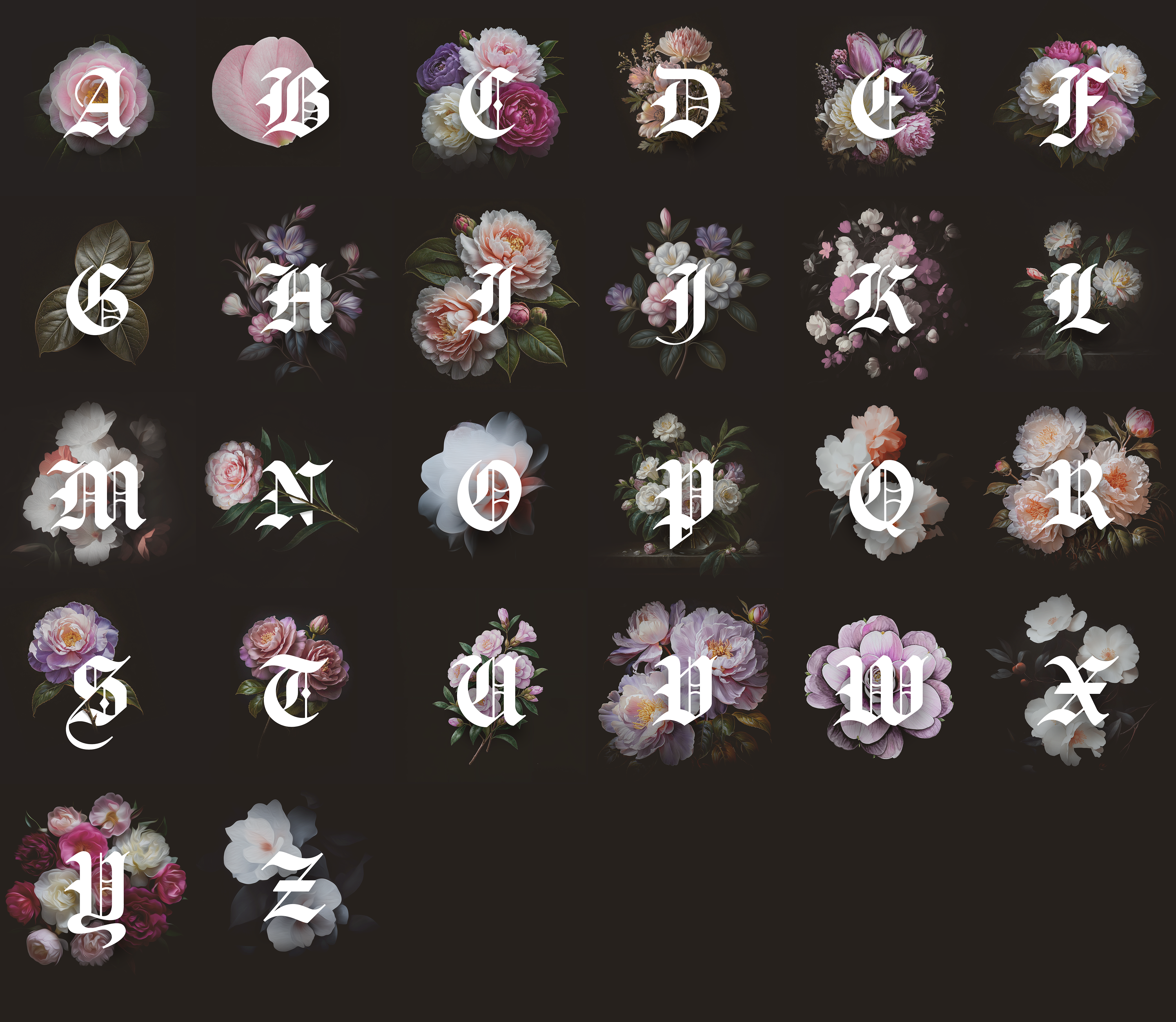In medieval times, castles had deep, wide trenches filled with water or spikes or crocodiles as a deterrent against invaders trying to reach the treasure inside. These trenches were called moats.
In business, your moat is the thing that makes you hard to compete with and often stops would-be copycats, competitors, and newcomers from even trying. It could be a skill, habit, reputation, or advantage that can’t be easily cloned, copied, or stolen.
Moats aren’t about looking impressive. They're about being defensible.
Coca-Cola’s recipe is secret, but their real moat is global brand recognition.
Amazon’s moat is their logistics network. One-day shipping isn’t just fast; it’s almost impossible for competitors to match without burning billions of dollars.
Disney’s moat is their intellectual property: Marvel, Pixar, Star Wars, their own stories, and more.
Zappos’ moat is brand loyalty, earned through relentless, above-and-beyond customer service.
So how do you create a moat if you’re not a mega-corporation but an individual or a small company?
Many people try to find something proprietary, some “secret sauce” that makes it so that others can’t do what they’re doing.
But one of the most valuable lessons I’ve learned in my career is this: You don’t need to do what others can’t. You just need to do what others won’t.
Disney and Coca-Cola deepened their moats through acquisitions and advertising.
But Amazon? Anyone could have built a logistics network like their. Most weren’t willing to do the difficult thing Jeff Bezos did: lose money for years to turn fast shipping into a competitive edge.
Zappos? Any company could’ve matched their customer service. But most won’t, because it’s messy, expensive, hard to train, hard to scale, and not immediately profitable.
That’s the beauty of difficulty as a moat. There’s no secret formula. Nothing hidden or proprietary. It’s built purely on the willingness to do what others won’t.
Banking on difficulty as a moat is an investment: a short term loss to get a long term gain. That short term loss is usually time or delaying revenue or profit. In a “move fast” and “get the bag” world, most people aren’t willing to make that trade.
Which is why you doing it could get you ahead.

For my new website design, every article has an initial cap. My current website has that too, but I wanted to take it up a notch by pairing a blackletter cap with a unique flower illustration. Even further, I made it so that each letter has a different flower illustration to go with it. Further still, I manually adjusted the composition so the letter and flower harmonize: stems weaving through counters, masked and edited by hand in Photoshop.
Each of those decisions made this task more difficult. But each of those decisions also made it less likely that anyone would bother to copy it.
It’s a small example, but I’ve probably made thousands of these kinds of decisions over my career. I’m a slightly-above-average designer at best, but I have a reputation as a great designer because I’m willing to do what others aren’t. Manually making 26 initial caps. Spending time digging for underused typefaces. Learning new software. Shooting my own photos instead of settling for stock. On and on.
It’s not just relevant in design.
When every studio owner with a handful of friends they like working with touted “a network of partners” as their process, my team and I went further: we interviewed and curated a community of 700 SuperFriends to make that style of business our value proposition. It wasn’t a line; it was our business model and a competitive advantage.
Years ago, I partnered with entrepreneur Rich Winley on his app idea No Chains, which let you browse non-chain restaurants by dish. It was such an obvious ideas that I wondered why nothing like it existed. The reason? There was no publicly available database of local restaurants out there. So how did we have one? Because Rich went to every restaurant in the city, collected their menus, and manually enter each dish into our database. Anyone could have done this, but only Rich did. That got us written up in The New York Times.
When the basketball court is dusty, I’m usually the first to find a broom in the supply closet and sweep. I’m not good enough to get picked first, but I always get invited to play because I’m “the guy who will sweep.”
Where others think, “Eh, it’s not worth the effort,” that might be the exact reason you should it, to elevate yourself from the pack.
Use your unfair advantages to make easy for you what’s difficult for others.
Ask yourself: is this the kind of thing other people won’t do?
If so: good.
That might be your moat.
Join 63,400+ subscribers to the weekly Dan Mall Teaches newsletter. I promise to keep my communication light and valuable!